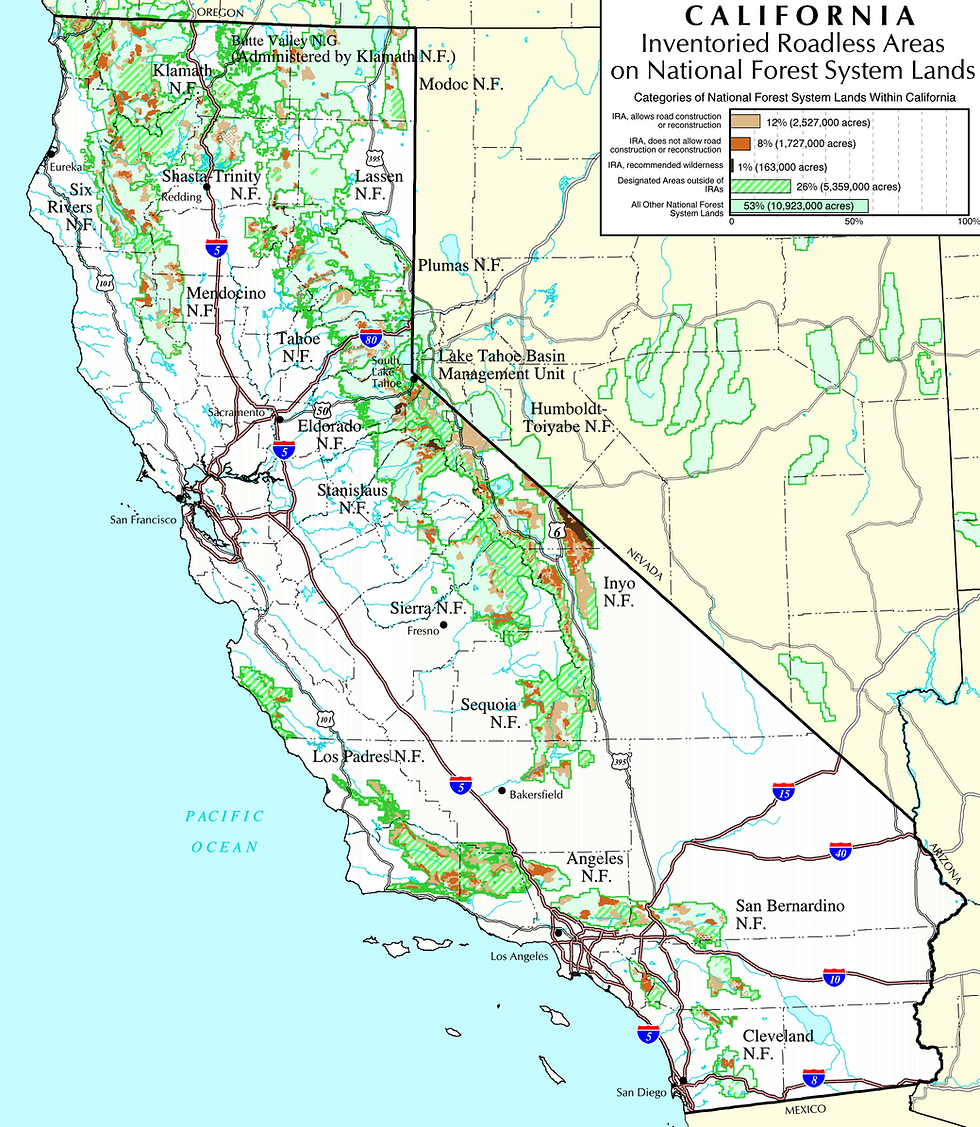First Klamath Dam Removed, Three More To Go!
- Amber Jamieson

- Sep 12, 2023
- 3 min read

For decades, tribes, fishing groups, river communities and advocacy groups have worked with stakeholders to undam the Klamath River. This month, removal of the first dam, Copco 2, will be completed. When completed, this project will be the largest dam removal and river restoration project in US history. On Labor Day weekend, I had the opportunity to see the progress firsthand. The Klamath River Renewal Corporation (KRRC), the entity that was formed to carry out the project and take ownership of the dams for the duration of dam removal, took us on a field trip to view three of the four dams that are being removed.

Our first stop was the southernmost point of the Klamath Project at Iron Gate Dam, which is still in operation. This dam has created a massive reservoir with warm water and toxic green algae blooms that have polluted the Klamath River and resulted in the proliferation of fish diseases that have contributed to salmon declines. Drawdown of Iron Gate Reservoir is expected to begin in January 2024.
The next stop was a view of the Copco 1 and 2 dam sites, which are so close that they can be seen from the same location. (See top photo.)

We climbed to the top of a cinder cone to view the steep canyon where Copco 2 once stood. Copco 2 is located just below Copco 1 and above the Iron Gate Dam. It included a small reservoir, a 33-foot-tall diversion dam, a powerhouse and other components. Almost all of this is completely gone now, except for a small section of concrete on the side of the canyon wall that will be removed by the end of this month, followed by tree removal in the canyon so that when the river flows free, the trees will not result in hazards for rafters or other river recreators.

Above Iron Gate Reservoir, we passed the site where they are building the Fall Creek Hatchery, a temporary hatchery that is expected to operate for 8 years until fish populations have stabilized. The hatchery is designed to simulate natural cold-water streams and will nurture Chinook and coho salmon. It will have the capacity to produce up to 3,250,000 Chinook and 75,000 coho salmon annually.
Starting in January 2024, Copco 1, JC Boyle, and Iron Gate Reservoirs will begin drawdown and, depending on spring rains, all three dams will be simultaneously deconstructed by three different teams. Throughout the area, we saw people gathering native seeds that will be planted in the footprint of the dams and reservoirs once restoration is underway. It is estimated that 11 billion native seeds have been collected and propagated for restoration efforts.

The Klamath Dam removal project is a model for dam removal and restoration for similar efforts across the world. The long-term benefits of dam removal include improved quality of life through a restored and reconnected Klamath River that will provide access to traditional foods and cultural resources for local tribes, allow our families to swim, fish and recreate in the Klamath without fear of toxic exposures, and give salmon runs access to traditional habitat that has been cut off for almost a century. The recovery of native salmon populations is expected to generate nearly 500 jobs in the commercial and recreational fishing industries.
Overall, the restoration of the Klamath River Basin will improve water quality, restore fish passage, and strengthen the marine food web — which will provide benefits to endangered species such as Southern Resident Killer Whales. Klamath Dam removal is an incredible undertaking and an essential step in the right direction to restore the ecology of the Klamath Basin, but there is still much work that needs to be done to ensure that water management agencies are on the same page and adequate river flows are provided to ensure salmon recovery.






Comments